Saint Paraskeva of the Balkans
New Jersey, Cedar Grove — Saint Paraskeva of the Balkans (also known as: Света Петка Македонка, Petka of Bulgaria, Petka of Serbia, Paraskeva of Serbia, Paraskeva the Serbian, Paraskeva of Belgrade, Parascheva the New, Ancient Greek: Ὁσία Παρασκευὴ ἡ Ἐπιβατινή, Greek: Οσία Παρασκευή η Επιβατινή ή Νέα.
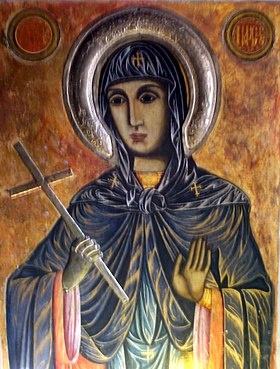
Paraskeva was born in the town of Epivates (close to today’s Istanbul) on the shore of the Sea of Marmara. Her parents were wealthy landowners. A church, dedicated to her, had been built in Selimpaşa on the spot where her house of birth once stood. The oldest testimony regarding the church dates back to the year 1200. It was written by the Russian voyager Anthony, Bishop of Novgorod. In August 1817 the church was completely destroyed by a great fire, and it was rebuilt in 1820, with the financial support of the citizens of Constantinople and the Prince of Moldo-Wallahia, Alexander Kallimachi. In 1885 the Community demolished the old church in order to construct a much bigger one on the same place. The building was completed after 6 years, for which parts of the Byzantine tower of Duke Alexis Apokaukos (1327–41) were re-used as building material. It was the biggest church in the whole of Eastern Thrace (16 m height, 26 m width and 30 m length), a real jewel that could be seen from kilometres away. It was completely demolished in the spring of 1979, and now in the same place there is a park.
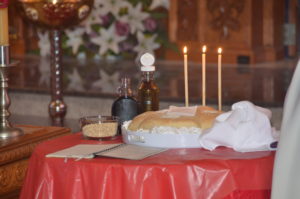
Legend says that when she was a child, Paraskeva heard in a church the Lord’s words: “Whoever wants to come after Me, let him deny himself, and take up his cross, and follow Me.” These words would determine her to give her rich clothes away to the poor and flee to Constantinople. Her parents, who did not support her decision to follow an ascetic, religious life, looked for her in various cities. Paraskeva fled to Chalcedon, and afterwards lived at the church of the Most Holy Theotokos in Heraclea Pontica. She lived an austere life, experiencing visions of the Virgin Mary. Her voyages took her to Jerusalem, wishing to spend the rest of her life there. After seeing Jerusalem, she settled in a convent in the desert near the River Jordan.
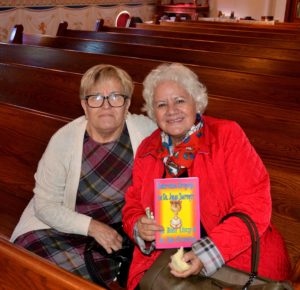
When she was 25, an angel appeared, telling her to return to her homeland. She returned to Constantinople, and then when she was 25, lived in the village of Kallikrateia, in the church of the Holy Apostles. She died at the age of 27.
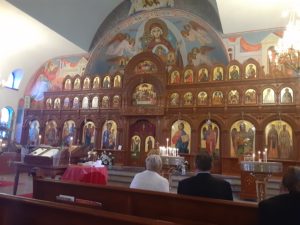
Christian tradition states that after an old sinner was buried near Paraskeva’s grave, the saint protested by appearing in a dream to a local monk. The vision informed the monk where the saint had been buried; when the body was unearthed, it was found to be incorrupt. The relics were translated to the church of the Holy Apostles in Kallikrateia.
The cult of Saint Parascheva spread in the 14th century from Bulgaria northwards into the Romanian principalities, Wallachia and Moldavia. In this period, Bishop Evtimiy of Tarnovo (1332-1402) wrote the biography of Saint Parascheva – “Hagiography of Saint Petka of Tarnovo”. The bishop’s work was inspired from the Greek Bios of deacon Basilikos, written in the year 1150 by request of Constantinople Patriarch Nicholas IV Mouzelon.
For some scholars is a certain disambiguation concerning these three saints. Confusion can be made with some folk tales characters. Paraskeva’s cult and attributes became confused with that of other saints with the same name as well as pre-Christian deities of the Slavs.
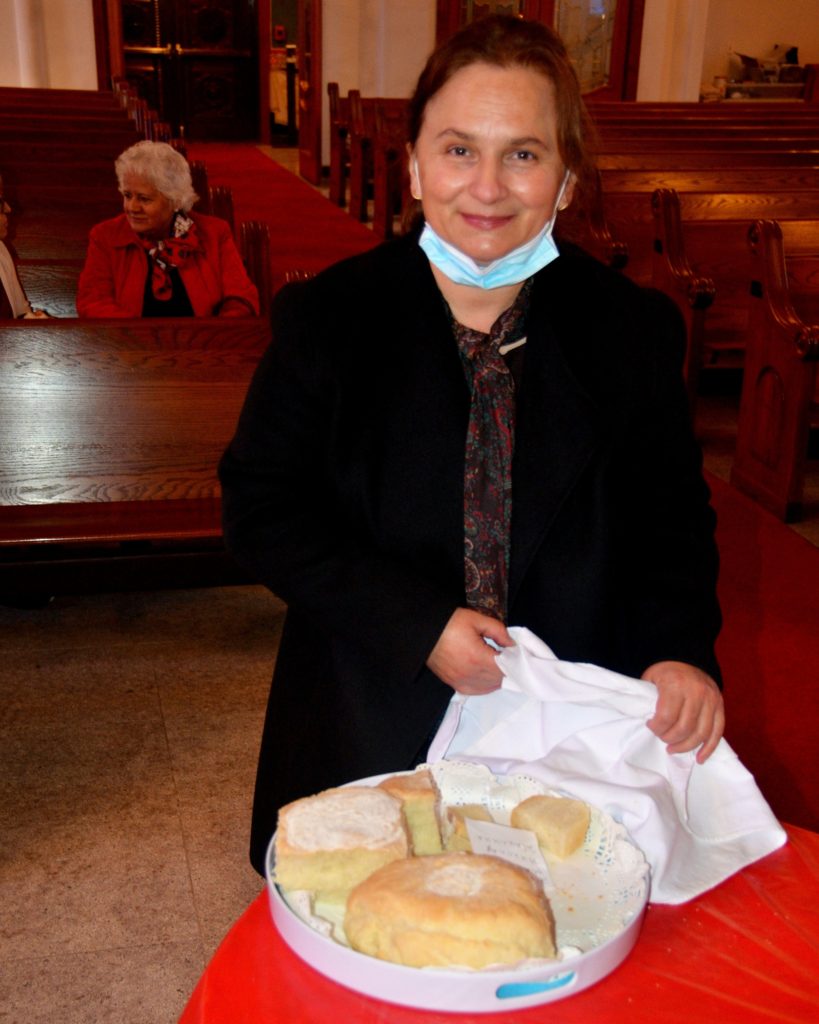
This confusion was made because the Greek name of St Parascheva was “paraskevi”, meaning “Friday”. The translation in languages as Romanian or Serbian was “Sfânta Vineri” or “Sveta Petka” meaning Saint Friday. The translation from Greek language to Romanian, Serbian or Bulgarian language was sometimes misunderstood by some scholars who connected the translated name of Saint Parascheva, Saint Friday, with a certain character from folk tales having a similar name.
Parasceve or Paraskeva, an early Christian maiden named in honor of the day of the Crucifixion, also personification of that day, pictured cross in hand to assist the fervor of the faithful, and was the Paraskeva of the South Slavs the same who made her appearance in northern Russia.
The answer is that there is a complete separation between the 10th-century Christian Saint Parascheva The New (called “of the Balkans”) and folk character derived perhaps by pre-Christian mystical beliefs. The separation is made by rich biography and iconography transferred from the 10th century to 21st, all this information and studies being connected to a real person who lived in that period.
Today October 27, 2021 Saint Parasceve celebrates Slavic Christian heritage and as we covered the holy service at the Macedonian Orthodox Church St.Kiril and Metodij, Cedar Grove, New Jersey, check few pictures and traditions.



